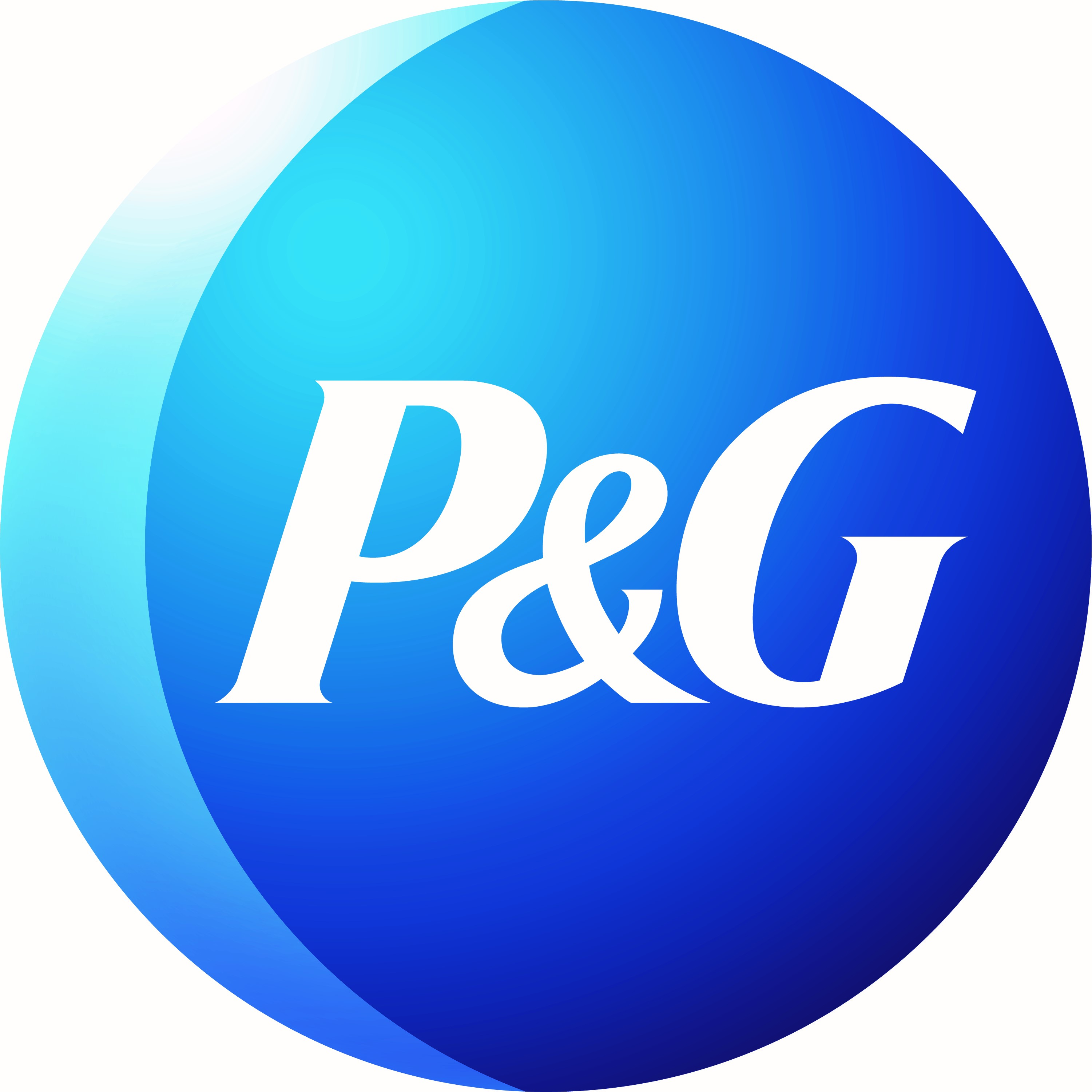|
Please be sure to update your email in your SAS profile so you will continue to receive SAS news! Do you have something spectroscopy-related you want to discuss in the newsletter? Or something that will help our membership such as career tips or application tips? Please let us know by emailing [email protected] July 2025 Newsletter
Check out our Newsletter Archive! |

